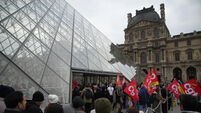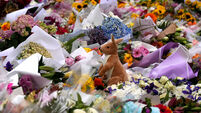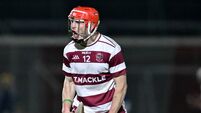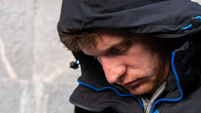Nice Attacks: ‘I saw bodies flying like skittles’

A few hours later, the 40 or so people gathered in a room for victims’ families at the Pasteur hospital in the French Riviera town had the horror of it all etched on their faces.
People cried, some holding their heads in their hands. One woman with bruises on her face sat in a wheelchair, weeping.
Laurence Marie, who works at Lenval paediatric hospital, said “many” more children were undergoing serious operations there.
not as lucky, they are having operations as we speak. It’s very hard, it’s all very traumatic.”
The attack came eight months after the Islamist militant shootings and suicide bombings in Paris that killed 130 people.
Hollande had announced just hours earlier, while marking France’s national day celebrating the birth of the world’s first republic, that he would lift the state of emergency that was put in place after the November killings.
“We were all very happy, ready to celebrate all night long, we had a big plan,” said a 20-year-old woman in the hospital room who gave her name as Fanny.
“As we were just starting to walk after the fireworks, I saw a truck driving into the pedestrian area, it was going very fast and zigzagging. At first I thought the truck didn’t realise the road had been made pedestrian for the celebration. But when I saw people on the ground I started realising it could be a terror attack,” she told Reuters.
“Luckily my brother, my mum, and myself are all fine now but some of my friends were
Nurses had told some of those waiting that the medical team didn’t have time to take records of the identities of the wounded because the priority was treatment. Patients were being classified by numbers.
At the scene of the attack on the Promenade des Anglais, bodies lay covered in white sheets.
“I saw bodies flying like skittles as it drove along,” said local journalist Damien Allemand on the Nice-Matin newspaper’s website. “I just froze ... The beach attendants were the first on the scene. They brought water for the wounded and towels that they placed over those for whom there was no hope.”
Dawn revealed pools of dried blood, smashed children’s strollers, an uneaten baguette, and other debris strewn about the promenade. Small areas were screened off at regular intervals. What appeared to be bodies covered in blankets were visible through the gaps. The trail of broken waste bins, signage, and police barriers suggested the driver had mounted the kerb from the road to the promenade just outside the Lenval hospital, where some of the victims were taken.













